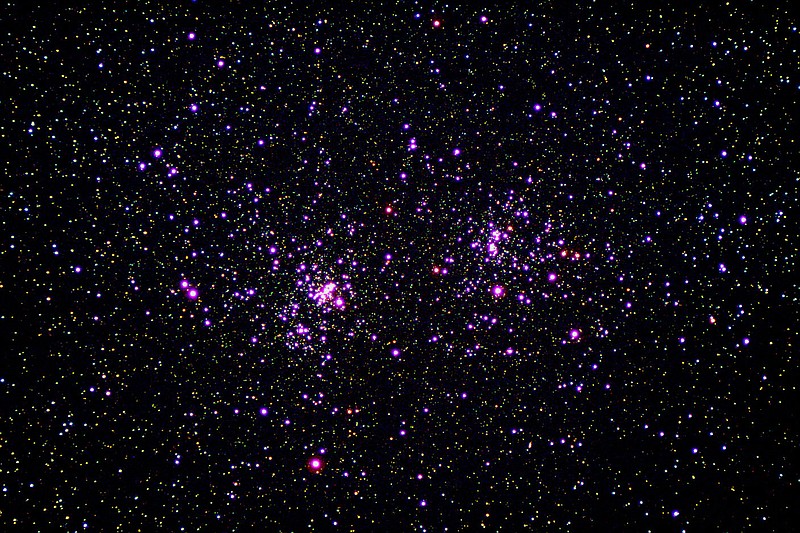When you see this column, we will be close to the end of 2020. What a year it has been! I am always glad that no matter what happens in the lives of human beings, the universe moves about its processes, following the laws of physics.
Several interesting things are happening in the night skies this month. First off, if the weather is clear, the Geminid meteor shower will occur late on the night of Dec. 13. There will be no moon that night so the meteors may be well seen. Some people say the Geminid shower is better than the one that occurs on the night of Aug. 12-13. No one can guess how a meteor shower will be beforehand, but this year might be quite good. Look directly east after 10 p.m. and all through the night -- you may see many great ones!
Jupiter and Saturn will appear very close to one another on the night of Dec. 21. Look just after dark because these two set over the southwestern horizon later that night. Dec. 21 also is the official beginning of Winter when the solstice occurs at 4:02 a.m., CST.
I want to use the rest of my column to write about something I have never written about before -- open clusters. Open clusters are clusters of young, hot white or bluish stars that form together at about the same time. When a large cloud of hydrogen gas condenses under the influence of gravity, young stars can be born in such a cloud when the would-be stars become dense enough to start thermonuclear fusion. Since these stars all form from the same primordial cloud, they form close clusters of stars. These clusters are called open clusters and they can have several hundred to thousands of stars near one another.
These open clusters can be very beautiful to see with a telescope. I have seen many with telescopes ranging from 3 inches in aperture to 18 inches in aperture. They are always amazing! I have included an image I made some years ago with a 5-inch refractor under dark skies. See if you can count the stars.
What you see in the image is known as the Double Cluster in Perseus. You can see two open clusters of stars, a Double Cluster, formed side by side, some 12.8 million years ago. Notice that within the clusters themselves, most of the stars have a white or bluish cast. These colors are their true colors. As star ages go, these are quite young and very luminous, as well as very hot! Some of them will have surface temperatures approaching 50,000 degrees Kelvin. Their core temperatures will be several billion degrees, hot enough to voraciously consume their hydrogen fuel in just millions of years.
If you don't have a telescope, pick a dark, moonless night when the stars are bright. Use binoculars, held steadily, to search on a roughly east-west line angled at about 45 degrees, between the constellation Perseus, in the northeast sky, and the constellation Cassiopeia near the pole. Of course, you might need to consult the Internet to locate the Double Cluster on a sky map before going out on a cluster hunt.
With binoculars, you will not be able to resolve these two clusters as they are seen in the photo, but you can see two clumps of starry haze if you are sharp-eyed. If you want to find an easy-open cluster, the Pleiades is also an open cluster, much nearer our Earth than the Double Cluster and much brighter.
There are very many open clusters in our galaxy, and in all spiral galaxies throughout the universe. I think they are things of beauty, well worth the effort it takes to find them.
What will the New Year bring? We humans cannot know. But, my health providing, I will tell you, each month, of some constant regularities in the night sky, running as a giant clock across the year 2021.
David Cater is a former faculty member of JBU. Email him at [email protected]. Opinions expressed are those of the author.

